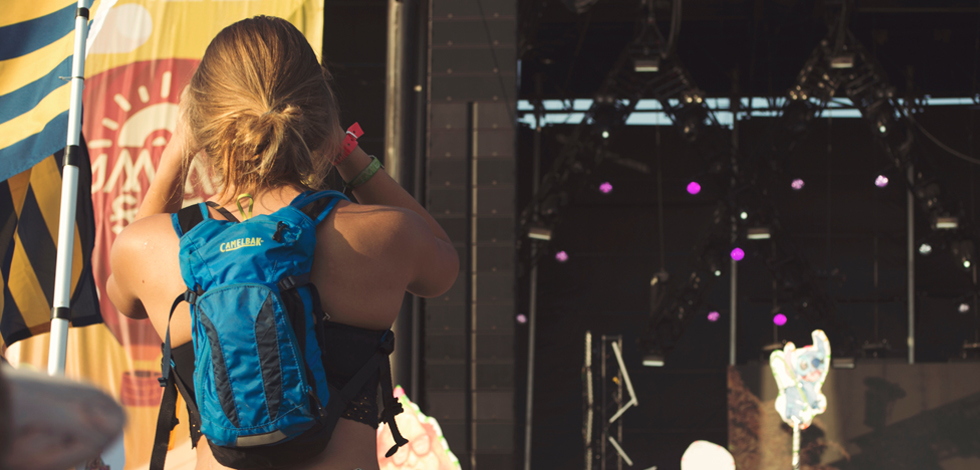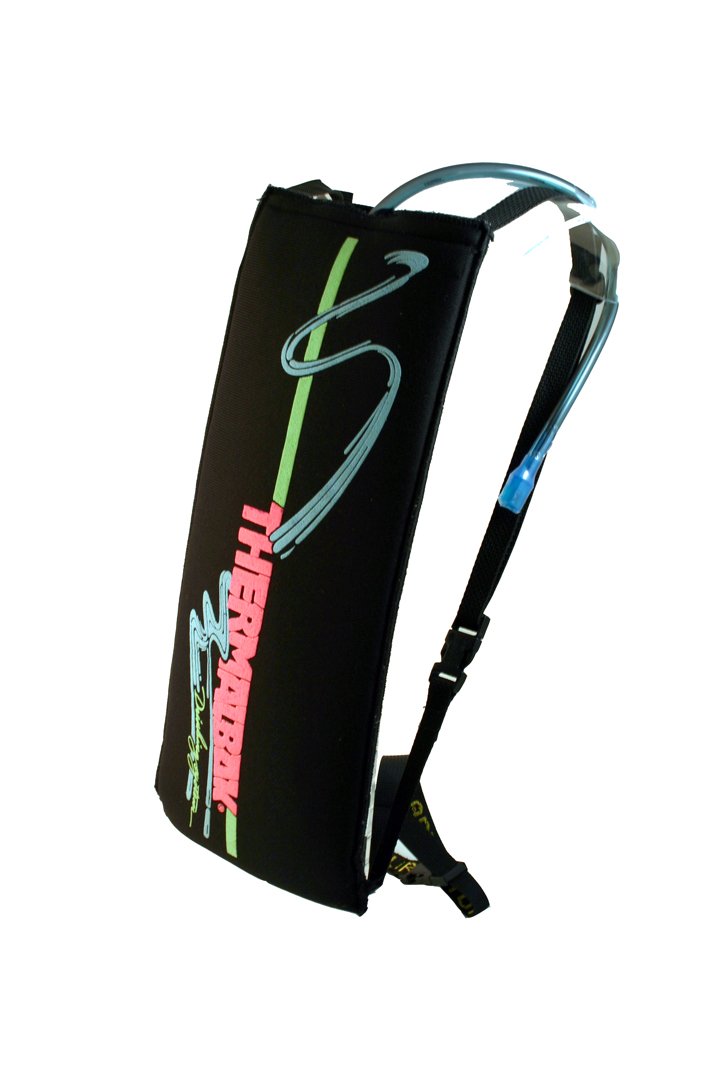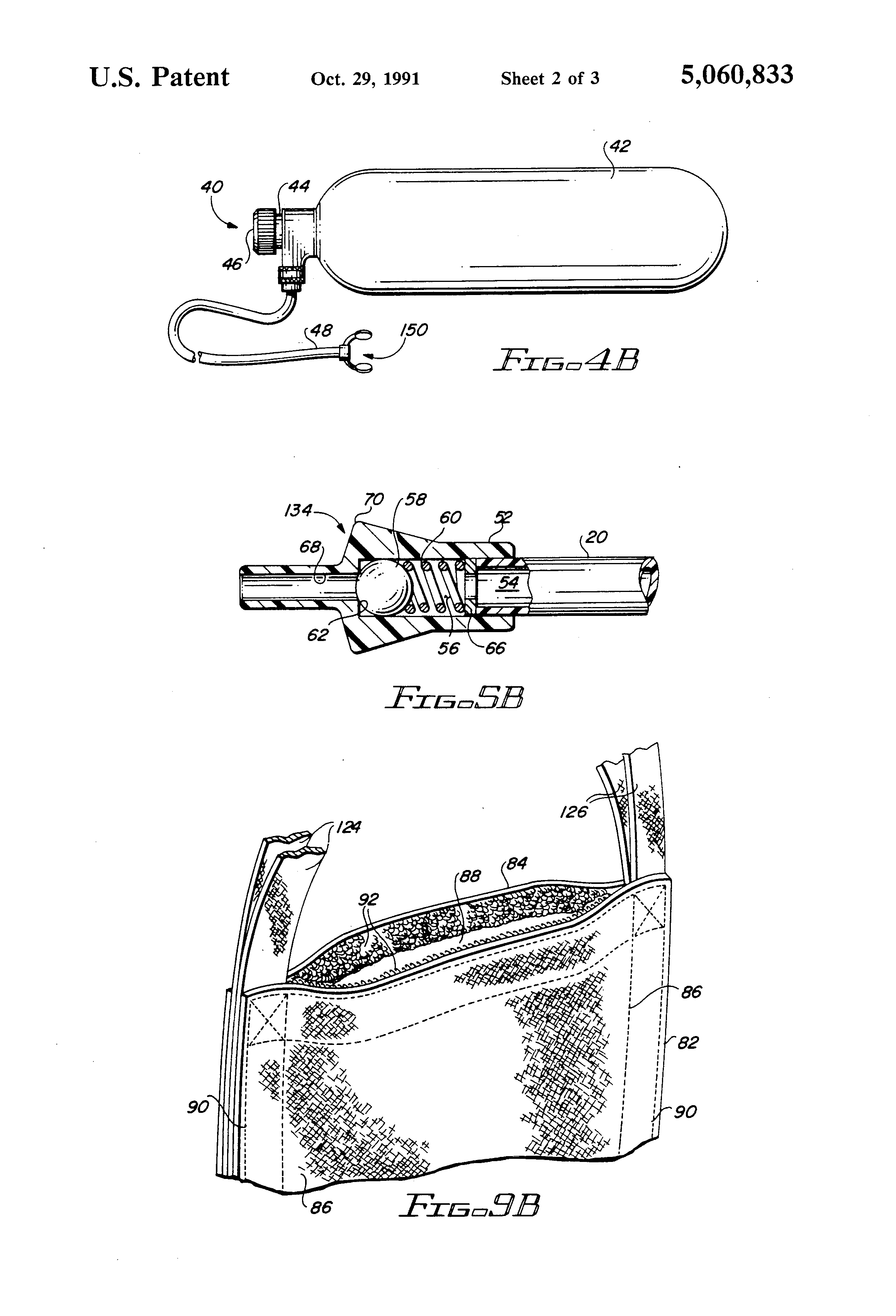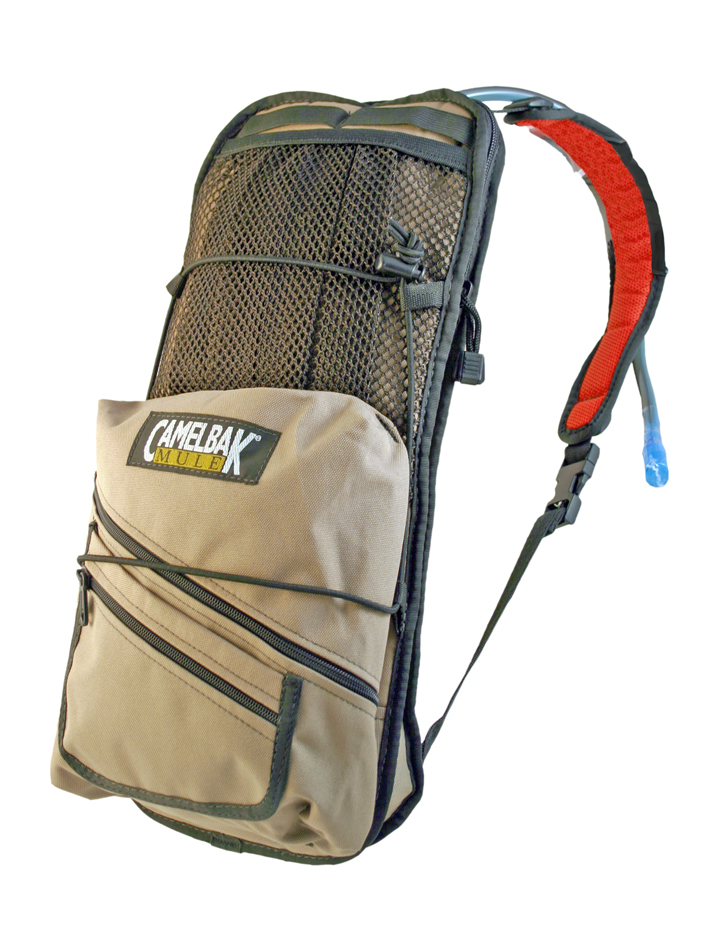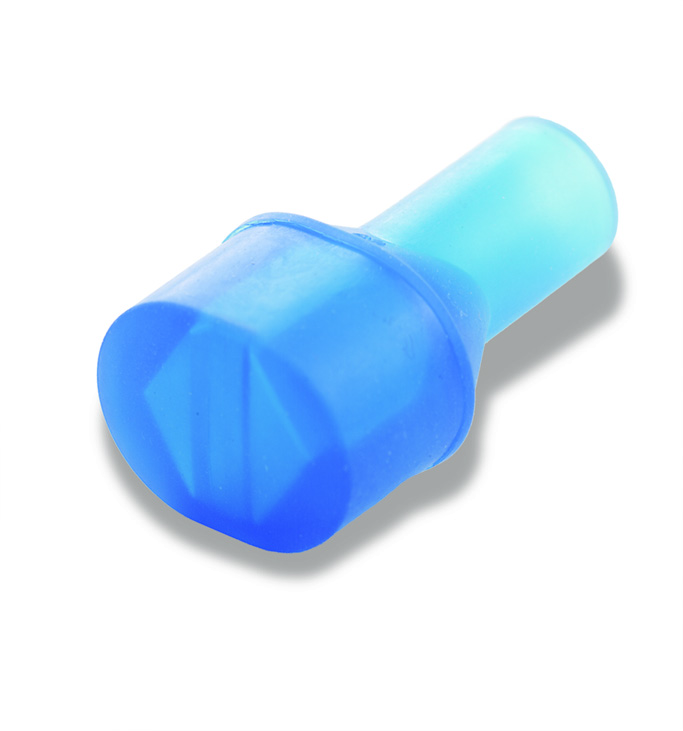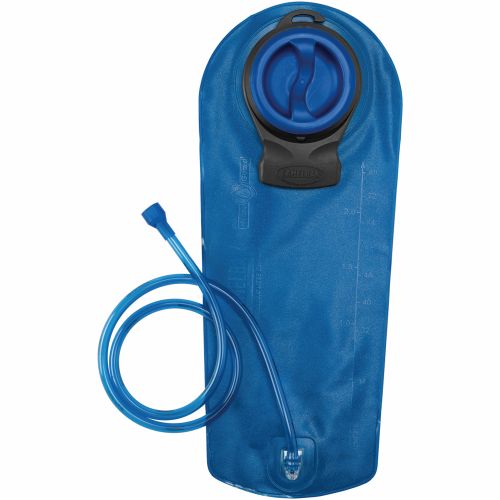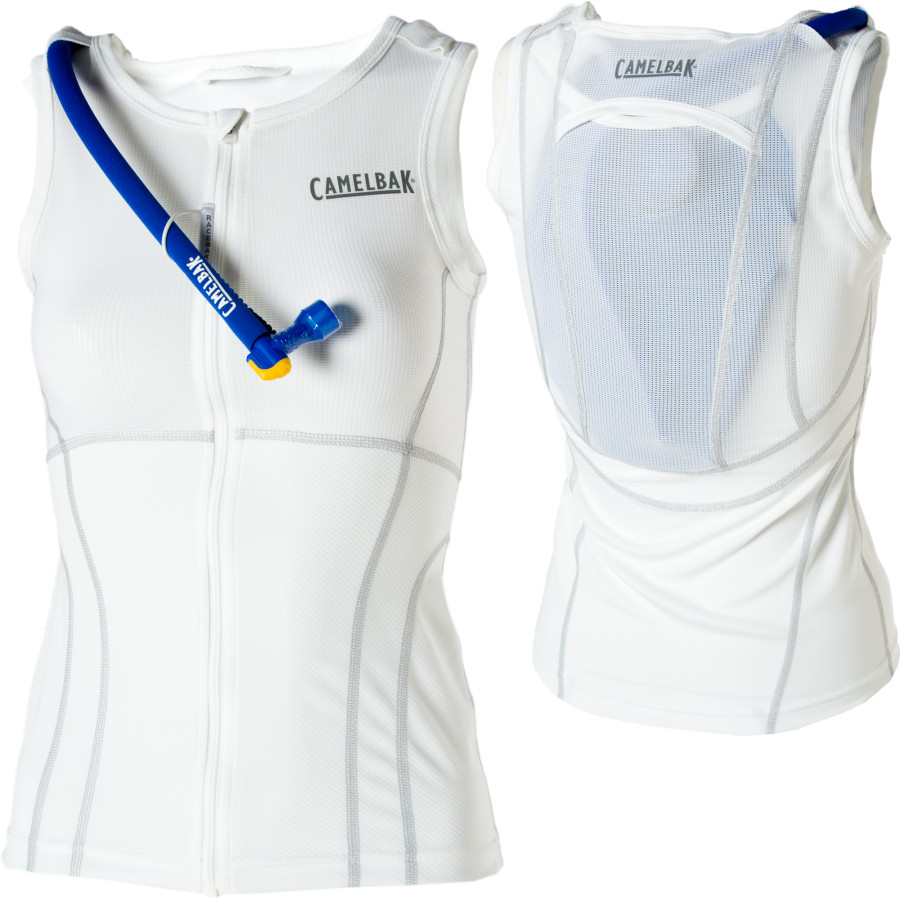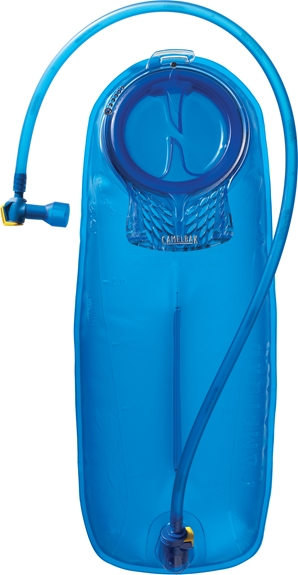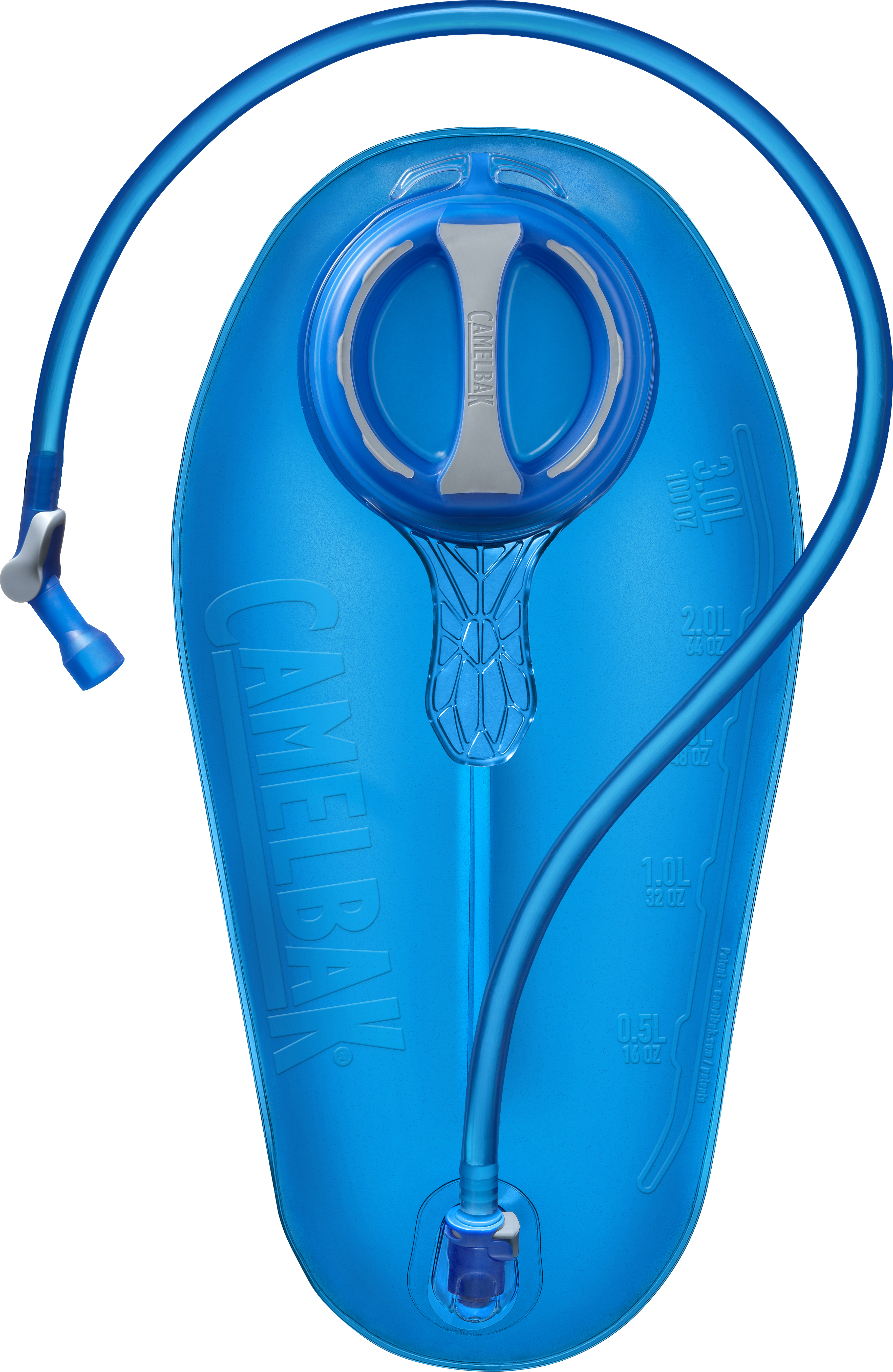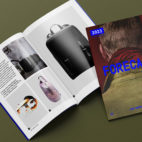Camelbak Hydration Reservoir Timeline :: A History of Innovation
Ever since a paramedic tossed an IV bag into a tube sock, CamelBak has defined and dominated the segment, becoming an eponym for hands-free personal hydration. Let’s take a look at their 25-years of innovation and growth and compare how the CamelBak reservoir of today retains the soul of the original, but with a markedly improved design and set of features.
Author’s Note: Melisine collaborated extensively on this article, providing much of the research that laid the foundation for the story.
1988
”Personal hydration system” was invented in 1988 by a Texas paramedic, Michael Eidson to cope with the harsh conditions of the “Hotter ‘n Hell 100” bike race he was participating in. To prevent dehydration, he made a drinking system from an IV bag, surgical tubing clamped with a clothespin over his shoulder, and a tube sock that he sewed to his shirt. Eidson is able to drink as he pedals, while the other racers laugh and fiddle with their water bottles.
Within months, Eidson had a finished product—the ThermoBak, an insulated sleeve with two nylon straps and a hose.
1989
The first CamelBak packs enter production. The original product was made from PVC IV bags and used off the shelf fill and and exit ports. This made things easier to produce and get to market but hurt profitability because of the reliance on third party suppliers.
1991
The CamelBak Bite Valve is patented and remains the same self-sealing single piece silicone design.
The first military orders from CamelBak packs arrive. These bags had military specific reservoirs to accommodate the different usage scenarios on the battlefield. These included custom materials that are thicker, different colors and anti-microbial reservoirs and tubes. Up until this time, recreation and military reservoirs were similar. CamelBak still produces packs for the military to this day.
1996
The iconic M.U.L.E. pack is invented and the narrow pack made for mountain bikers remains a bestseller and iconic silhouette.
1997
The company started making completely their own reservoir in late 90’s (around 1997) with all parts completely custom designed themselves. This gave them the freedom to customize specifications: how much water it can hold, what material the bladders were made of, etc.
1998
The Big Bite (TM) Valve is patented.
2001
The Omega Reservoir launched (larger screw top known as Omega) with HydroGuard was introduced (anti-microbial property impregnated into the reservoir film). This was only the second major revision of the reservoir.
CamelBak also throws their hat into the winter sports arena with the introduction of the SnowDawg and SnowBowl.
2003
CamelBak releases their first run-specific bladder, the Catalyst Hydration Pack
2008
The first wearable hydration garment with integrated reservoir is launched, targeted at cyclists.
2011
The third revision of CamelBak reservoir is introduced. What had been known as the Omega was now renamed to Antidote.
The redesigned hydration bladder featured a large mouth opening, a quicker opening and closing twist cap, large grab handle for easy filling, baffling (two chambers) to minimize sloshing, a removable hose, and drying arms.
2016
The Crux reservoir is announced during the Summer of 2016. This latest revision of their iconic hydration bladder includes the greatest advancements. To address the act of filling the reservoir, CamelBak redesigned the cap to allow users to start threading wherever they want rather than having to properly align it.
To increase flow, CamelBak looked at the ends of the tube – Quick Link disconnect on one end, and the Bite Valve on the other, but found that these didn’t lead to any flow restrictions. Instead, they found that increasing the diameter of the tube and changing the angle of the valve to 45-degrees (from 90-degrees) resulted in a 20% increase water being delivered to the user.
Lastly, a new on/off valve is easy to use with just one hand, and is compatible current Quick Link systems, allowing for an upgrade path for existing customers.
Sources
Interviews with Andy Rees, Jeremy Galten, Betsy Leggat, Seth Beiden from CamelBak
Felton, Vernon. “bag to the future”. Bikemag. The Enthusiast Network, 12 Dec. 2013.





 Carry Awards
Carry Awards Insights
Insights Liking
Liking Projects
Projects Interviews
Interviews
